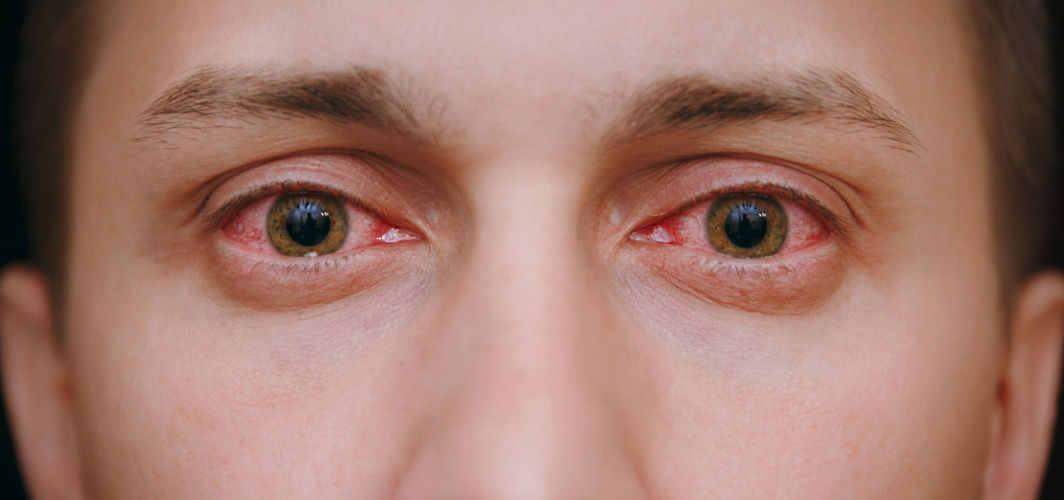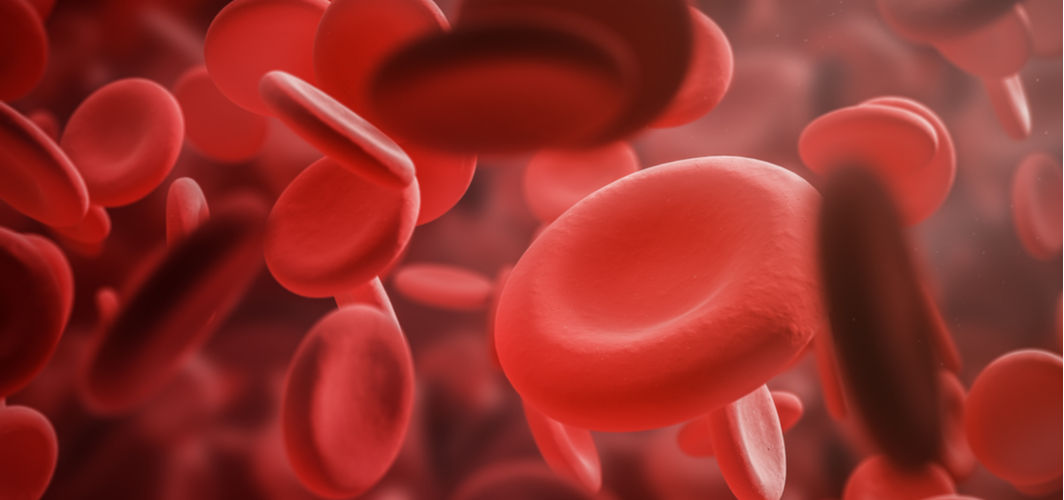General Health
Eye Flu: Causes, Symptoms, Treatment, Prevention
6 min read
By Apollo 24|7, Published on - 25 July 2023, Updated on - 16 August 2023
Share this article
0
6 likes

Other than mosquito-borne diseases and stomach infections, eye flu is also one of the common problems experienced by people during monsoons. Eye flu affects the conjunctiva the clear membrane covering the white part of the eye) and is highly contagious. Let us know more about this infection in this article.
Consult with an Apollo Doctor in 3 Easy Steps
Eye Flu
Eye flu, also known as conjunctivitis, is a common and highly contagious eye infection. It can be caused by viruses, bacteria, or allergens, leading to redness, itching, and excessive tearing. Though eye flu is not a severe threat to health, it is highly contagious and can spread rapidly in crowded places or through direct contact with infected individuals.
What Causes Eye Flu?
Eye flu or conjunctivitis can be categorized into several types based on its underlying cause. Here are the types of eye flu you should be aware of.
1. Viral Conjunctivitis
It is caused by various viruses, including adenoviruses. This form of conjunctivitis is highly contagious and often accompanies respiratory infections. Some of the classic symptoms of viral conjunctivitis of eye flu are watery discharge and redness in the eyes.
2. Bacterial Conjunctivitis
It is mainly caused by bacteria like Staphylococcus aureus or Streptococcus pneumoniae. This form of conjunctivitis is also highly contagious and may produce a thick, yellowish-green discharge at the corner of the eye besides turning the eyes red or pink. Both viral and bacterial conjunctivitis become common in the monsoon season due to increased humidity levels and bacteria and virus contamination.
3. Allergic Conjunctivitis
This type of eye flu or conjunctivitis is triggered by allergens such as pollen, pet dander, or dust mites. Allergic conjunctivitis affects both eyes and causes extreme itching, redness, and excessive tearing.
4. Giant Papillary Conjunctivitis (GPC)
This type of conjunctivitis is typically associated with the prolonged use of contact lenses. In this eye flu, small bumps are formed on the inner surface of the eyelids, causing severe discomfort.
5. Chemical Conjunctivitis
Chemical conjunctivitis is weather-driven. It is caused by exposure to irritants like chlorine in swimming pools or harsh chemicals in products. This form of conjunctivitis can cause significant irritation and redness.
What are the Symptoms of Eye Flu?
Conjunctivitis or eye flu symptoms vary depending on the underlying cause (viral, bacterial, or allergic conjunctivitis). Some common eye flu symptoms include:
- Conjunctiva turns pink or red
- Itchiness and irritation of the eyes
- Excessive tearing or watery discharge
- Thick, yellow or greenish discharge, causing crusts around the eyes
- Blurred vision due to the excessive tearing and discharge
- Gritty or sandy sensation in the eyes
- Eyes turn more sensitive to light (photophobia)
- Eyelids turning swollen or puffy
If you experience any of these, it's essential to seek medical advice from an ophthalmologist. Proper and timely diagnosis by an eye specialist can help determine the cause and appropriate treatment for eye flu.
What is the Treatment of Eye Flu?
Eye flu treatment depends on the root cause. For different types of eye flu or conjunctivitis, different types of treatments are suggested by eye specialists or ophthalmologists.
1. Viral Conjunctivitis
Viral conjunctivitis typically resolves on its own within 1-2 weeks. However, to relieve the symptoms:
- Use artificial tears or lubricating eye drops to soothe the eyes.
- Apply warm compresses to reduce discomfort and irritation.
- Maintain good hygiene by avoiding touching of eyes to prevent the spread of the virus to others.
2. Bacterial Conjunctivitis
Bacterial conjunctivitis doesn’t resolve on its own and requires antibiotic eye drops or ointments prescribed by a healthcare professional. However, to reduce the discomfort and alleviate the symptoms, you can do some warm compresses.
3. Allergic Conjunctivitis
The best way to manage allergic conjunctivitis is to avoid exposure to allergens. To treat allergic conjunctivitis, a medical professional may prescribe antihistamine eye drops or oral antihistamines to reduce allergic reactions and symptoms. People diagnosed with allergic conjunctivitis can do cold compresses to reduce inflammation, itching and discomfort.
4. Giant Papillary Conjunctivitis (GPC)
The primary treatment for GPC involves addressing the underlying cause, which is often related to contact lens use. To treat GPC, the healthcare professional may ask you to temporarily cease the use of contact lenses. Besides, an ophthalmologist may also prescribe eye drops or oral medications to reduce inflammation and discomfort in the eyes.
5. Chemical Conjunctivitis
The primary treatment for treating chemical conjunctivitis is to flush the eyes with clean water that can help remove irritants. In case the irritation persists, seek the assistance of an expert medical professional to evaluate and manage the condition.
Eye Flu Prevention Tips
You can easily prevent eye flu or conjunctivitis by adopting good hygiene practices and taking proper precautions to reduce the risk of infection. Here are some of the effective preventive measures that you can take to prevent eye flu:
1. Regularly washing your hands with soap and water for at least 20 seconds, especially before and after touching your eyes or face can prevent the spread of viruses and bacteria that can cause eye infections.
2. Avoid touching or rubbing your eyes, as this can introduce germs and irritants into the eyes and increase the risk of infection and irritation.
3. When soap and water are not available, use an alcohol-based hand sanitiser with at least 60% alcohol content to clean your hands to eliminate disease-causing germs.
4. Regularly disinfect frequently-touched surfaces, such as doorknobs, light switches, and electronics to eliminate germs.
5. Avoid sharing personal items like towels, eye drops, eye makeup, sunglasses or contact lenses with others, as this can spread infections.
6. Avoid coming in close contact with someone diagnosed with conjunctivitis or maintain a safe distance to reduce the risk of transmission.
7. Try to minimize your exposure to allergens like pollen, pet dander, dust mites, and mould by keeping your living space clean and using air purifiers in case you are prone to allergic conjunctivitis.
8. If you wear contact lenses, make sure to practice proper hand hygiene, including regular cleaning and disinfection of the lenses. You should also avoid wearing them when your eyes are irritated.
9. Avoid using public swimming pools during the monsoon season. Not only the water may be laden with viruses and bacteria that can cause conjunctivitis but also the chemical present in water may cause irritation to the eyes.
10. You can easily prevent certain types of conjunctivitis caused by preventable infectious agents like adenoviruses. This can be done by getting vaccinated against these viruses.
Takeaway
By following these preventive measures, you can significantly reduce the chances of contracting eye flu and other contagious eye infections. If you experience symptoms of conjunctivitis, it is important not to self-medicate. You should seek immediate medical advice for proper diagnosis and treatment. Your doctor may refer some eye drops for eye flu or eye drop medicine to alleviate the symptoms and cure the infection at the earliest.
If you experience any of the aforementioned signs of eye flu,
Medically reviewed by Dr Sonia Bhatt.
Services
General Health
Consult Top Opthalmologists
View AllLeave Comment
Services
Recommended for you

General Health
How To Make Your Gym Sessions Effective? Quit These 5 Bad Habits Now
If you work out every day and are still way too far from achieving your fitness goals, then you must be doing something wrong. Certain habits can make your exercise sessions less productive than you expect.

General Health
Can A Simple CBC Test Determine Common Blood-Related Diseases?
A complete blood count (CBC) test can help detect various disorders and conditions by measuring the strength and other aspects of different types of blood cells.

General Health
How To Choose The Right Online Pharmacy?
Navigate the world of online pharmacies effectively. Explore vital factors to consider when selecting the ideal option for your needs.
Subscribe
Sign up for our free Health Library Daily Newsletter
Get doctor-approved health tips, news, and more.
Visual Stories

The Best Exercises for Controlling Blood Sugar Levels
Tap to continue exploring
Recommended for you

General Health
How To Make Your Gym Sessions Effective? Quit These 5 Bad Habits Now
If you work out every day and are still way too far from achieving your fitness goals, then you must be doing something wrong. Certain habits can make your exercise sessions less productive than you expect.

General Health
Can A Simple CBC Test Determine Common Blood-Related Diseases?
A complete blood count (CBC) test can help detect various disorders and conditions by measuring the strength and other aspects of different types of blood cells.

General Health
How To Choose The Right Online Pharmacy?
Navigate the world of online pharmacies effectively. Explore vital factors to consider when selecting the ideal option for your needs.